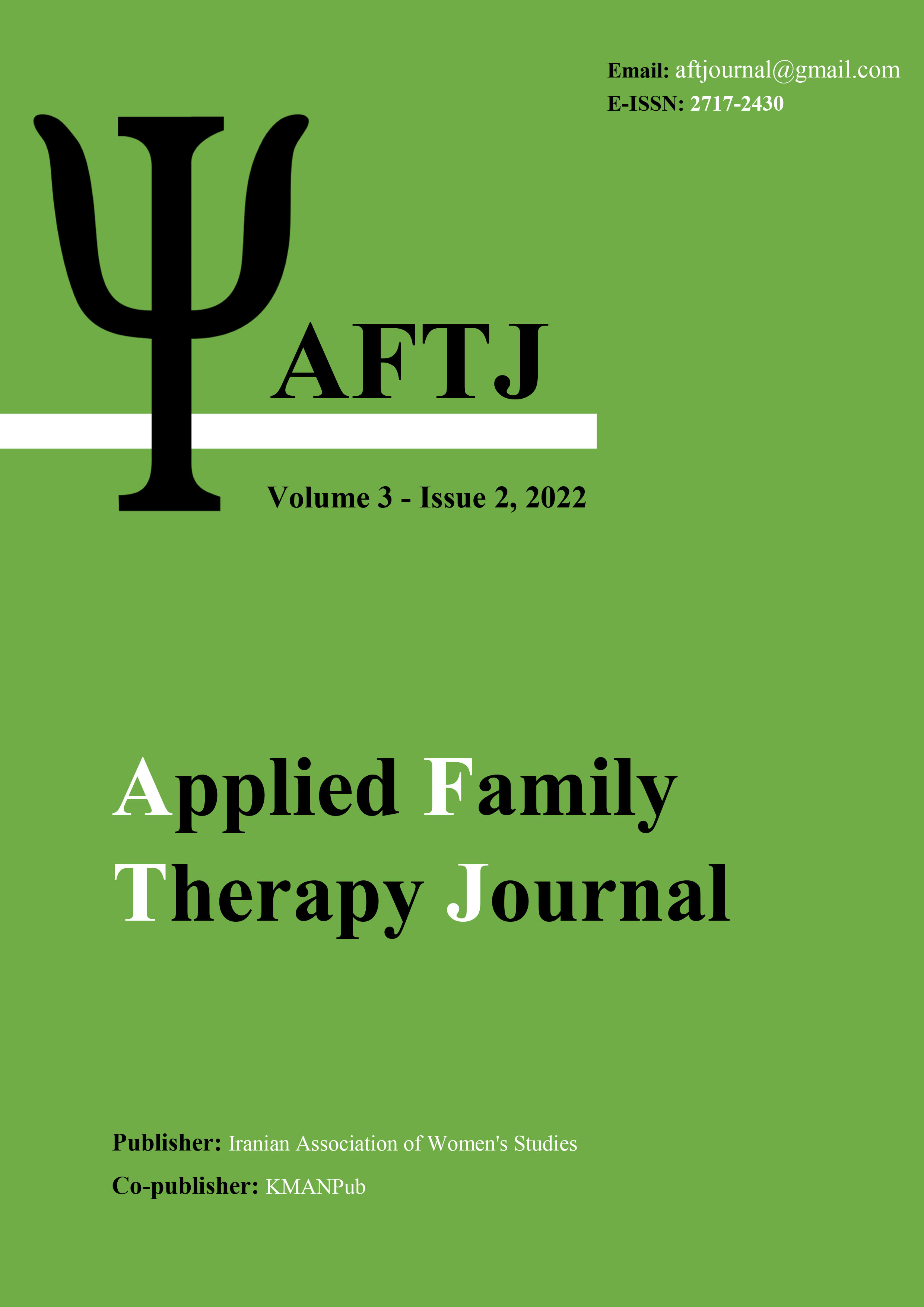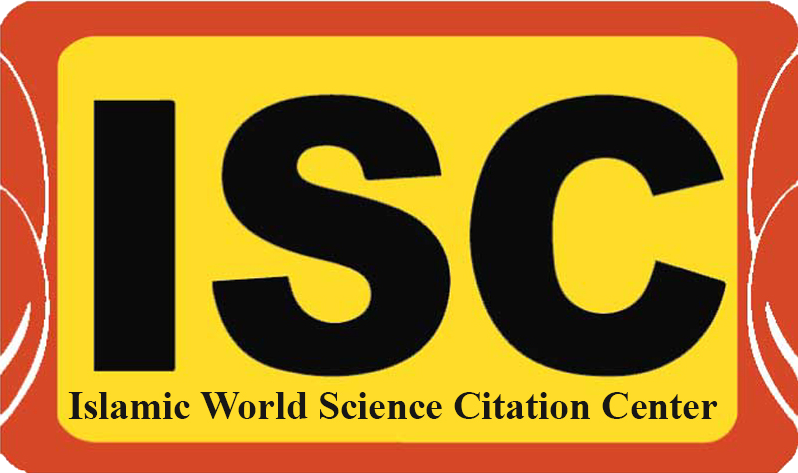Effectiveness of Eclectic Psychological Rehabilitation Training in Marital Commitment and Communication Skills of Divorcing Couples
Keywords:
rehabilitation, psychological training, marital commitment, communication skills, divorcing couplesAbstract
Aim: This study was conducted to determine the effectiveness of eclectic psychological rehabilitation training in marital commitment and communication skills of divorcing couples. Methods: This was a semi-experimental study with a pretest-posttest design with a control group and a two-month follow-up. The statistical population included divorcing couples who referred to divorce counseling centers in Isfahan. From them, 40 couples on the basis of entre criteria were selected in a purposeful way sampling and randomly assigned to experimental and control groups (each group 20 couple). The study tools included the Adams and Jones (1997) marital commitment inventory and the Queendom (2004) communication skills questionnaire. The eclectic psychological rehabilitation training group was trained in ten sessions through a compiled training package. Data were analyzed by repeated-measures ANOVA. Results: The results revealed that eclectic psychological rehabilitation training is effective in increasing the level of commitment (F = 186.70; p = 0.001) and communication skills (F = 20.56; p = 0.001); and this effectiveness has been stable in the follow-up phase. Conclusion: Considering the effectiveness of eclectic psychological rehabilitation training on promoting marital commitment and communication skills of divorcing couples, this integrated training can be used in divorce psychological counseling centers for couples.
Downloads
Downloads
Published
Issue
Section
License

This work is licensed under a Creative Commons Attribution-NonCommercial 4.0 International License.





















